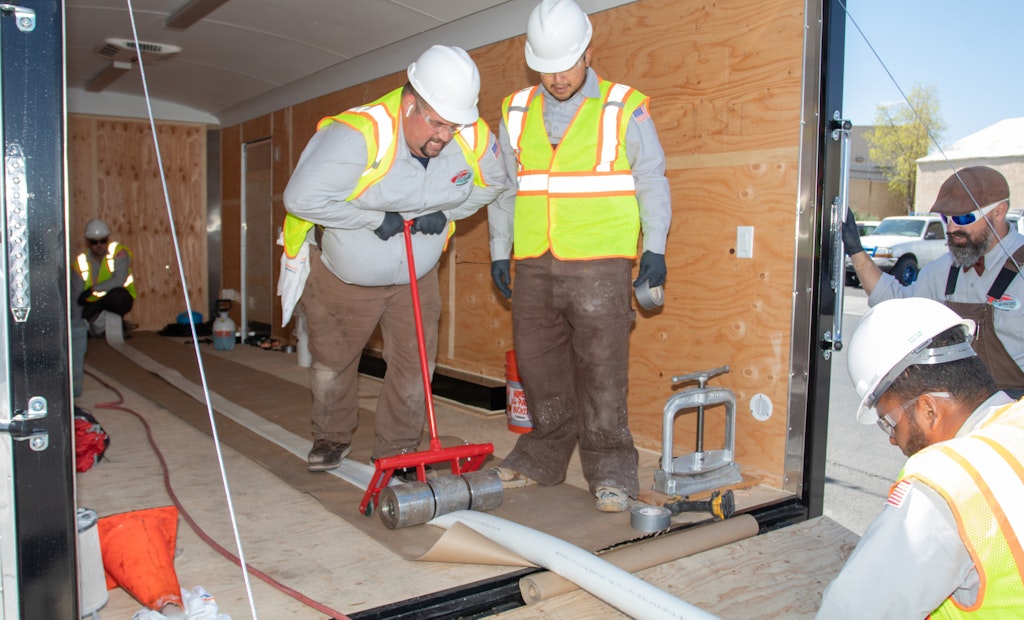Interested in Relining/Rehab?
Get Relining/Rehab articles, news and videos right in your inbox! Sign up now.
Relining/Rehab + Get Alerts“I’ve read some of your past blogs and I just can’t understand rehabilitating an old pipe when I can replace it. I have a seasoned crew and don’t see how rehabilitation methods are going to last very long. Convince me I’m wrong.”
In past blogs, I’ve written about design life and how rehab processes and new pipe have both been designed along the same parameters. The rehabilitation process meets a 50-year design life — it doesn’t matter if it’s PVC, cast iron, clay, ABS or lining materials.
Our lining materials have been tested using an accelerated test, the same accelerated test used for PVC or ABS plastic pipe to determine life expectancy. Cast iron and clay use tests that are more appropriate for nonflexible pipe design. So the argument that the rehabilitation of pipe won’t last as long as a new pipe has been disproven by independent testing labs.
A bigger question is: Does your competition offer rehabilitation methods among their services, or do they only dig up and replace like you? Today, you, as well as your customers and competition, are looking — or should be looking — at better, cheaper and faster ways to perform work. Pipe rehabilitation meets all three of these.
It’s better in that it is less intrusive than dig-and-replace. It’s better for your business in that the profit margin for the work can be higher compared to dig-and-replace. Plus, you’d have a leg up on competitors who don’t offer pipe rehab options.
It’s cheaper than the replacement alternative. Before you compare raw pipe costs, you need to compare installed costs — all of them. Those include labor, equipment, restoration and time. Comparing only raw material costs and discounting your labor isn’t an accurate metric.
Finally — and this is a big one — it’s faster. Displacing your customers for weeks to perform dig-and-replace usually isn’t appealing to your customers. If a competitor offers a final solution to their problem that has a time frame of a day versus your estimate of six to eight weeks at about the same cost, which do you think they will choose?
I’m not bad-mouthing the dig-and-replace method. In fact, it is a fine method, and I’ve engaged in that activity for many years myself. There are times when it is necessary, but competitive pressures may not let you bask forever in the seat of your backhoe.
About the Author
John Heisler is the owner of Pipe Lining Supply and Quik-Lining Systems. He has more than 20 years of experience in the CIPP lining industry and over 40 years in the underground construction industry.






